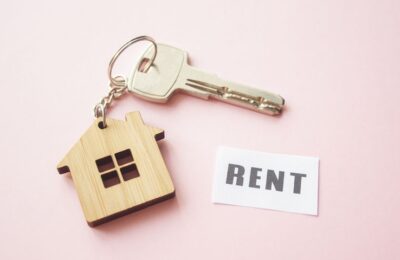Investing in buy-to-let properties
Are you a buy-to-let investor? If so, you’re most likely to own properties near to where you live. But there are buy to let hotspots that will give you a better return.
If you choose your own tenants and manage your own portfolio, then investing in nearby property makes sense. You’re on hand if anything goes wrong, it’s easier to build up good relationships with local service companies and you don’t have to travel far to interview new tenants.
Similarly, if you use an agent to let and manage your properties, you can probably negotiate lower fees if they are responsible for several of your flats or houses.
That said, if you only ever consider investing in properties that are local, you could be missing out on higher returns.
This is something that was brought home to me the other day, when I stumbled across this online tool for landlords. Called ‘Buy-to-Let Hotspots’, it lets you find out the average property price, rent and yield for any given postcode area. Usefully, you can compare these statistics to those of neighbouring areas.
High and low BTL returns – the advantage of BTL hotspots
To give an example, my postcode area in Colchester has, on average, a property price of £274,182, a rent of £956 per calendar month and a yield of 4.18%.
In comparison, one nearby postcode area has a mean property price of £297,187, a rent of £1,210 and a yield of 4.94%.
Simply by buying a little further afield, in a slightly more expensive area, I can expect a better return on my investment. So even if I want to keep my portfolio local, I can invest more strategically to get a higher ROI.
What is really fascinating, though, is just how much returns vary, depending on which part of the country you own buy-to-let property. For example, if you were to invest in the L6 postcode area in Liverpool, you could expect an average yield of 14.99%! At the other end of the scale, landlords in the WC1A area of London are looking at returns of only 1.12%
So, on the face of it, if you want to boost your returns from buy to let hotspots and you’re willing to invest in different areas, the tool is very handy.
But before you rush off to type in a whole host of postcodes, do note that I came up against a couple of limitations.
First of all, some postcode areas are so large that the average yield figures are likely to be misleading. My hometown of Stamford, for instance, is in the PE9 district – which covers both urban and rural areas, with properties ranging from lots of large listed buildings to many ex-local authority houses.
My guess is that, while the average yield is 3.4%, that figure will vary wildly within the PE9 area. While the tool can point you in the right direction, you still need to do your own detailed research before you invest in an area.
Secondly, you need to remember that managing properties in some areas will take a lot more time, money and effort than in others. You might get a better average yield in a certain postcode area, but if it’s also a district that’s more prone to crime and burglaries, transient tenants or other issues, you might want to trade lower returns for less hassle!
Buy to let advice with THP
For further advice on buy-to-let (BTL) properties take a look at our special buy to let section for landlords, helping you with buy-to-let incomes, profitability, mortgages and remortgages and much more. Alternatively talk to our experienced BTL tax team, with offices in Chelmsford, Sutton, Wanstead and Saffron Walden.
About Ben Locker
Ben Locker is a copywriter who specialises in business-to-business marketing, writing about everything from software and accountancy to construction and power tools. He co-founded the Professional Copywriters’ Network, the UK’s association for commercial writers, and is named in Direct Marketing Association research as ‘one of the copywriters who copywriters rate’.












